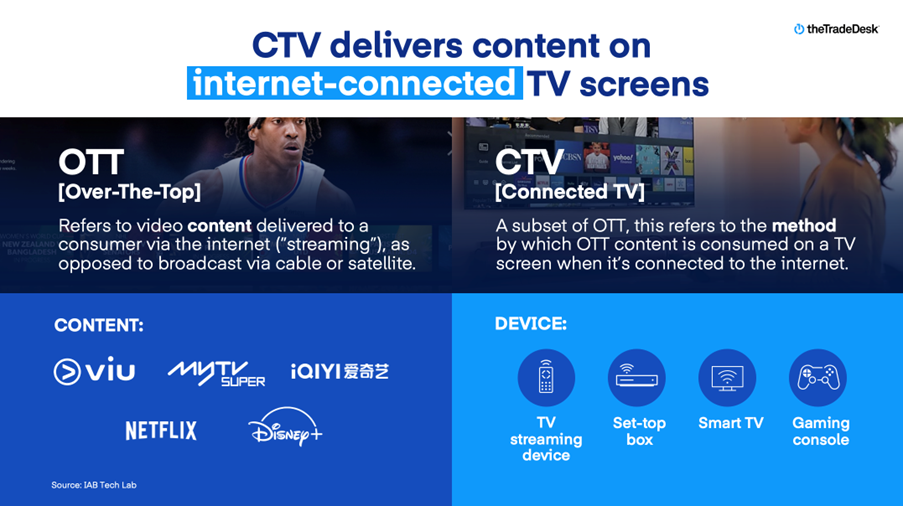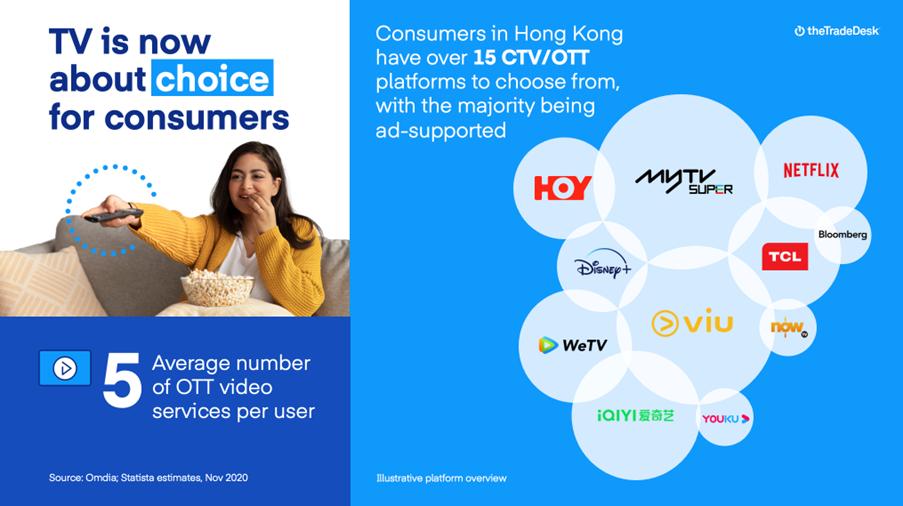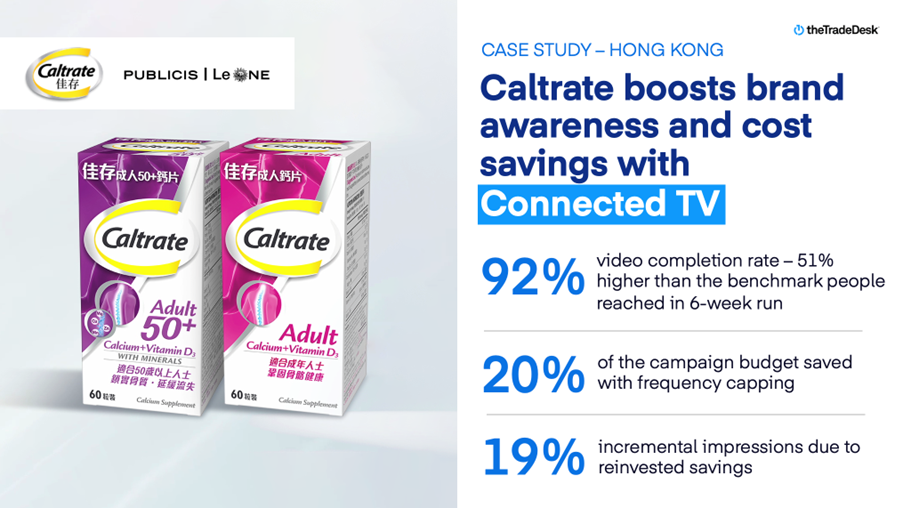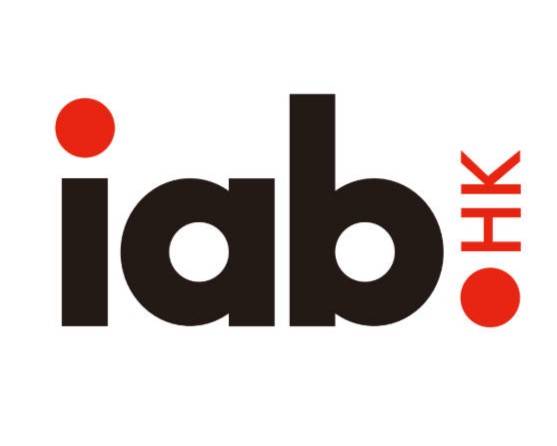Why Connected TV (CTV) and Over-The-Top (OTT) Advertising are Game Changers for Marketers
Introduction
The television landscape has undergone a seismic shift. Traditional cable and satellite TV are giving way to a new era where today’s viewers expect to watch their favorite shows and video content anytime, anywhere, and on any device. This transformation is driven by the rise of Connected TV (CTV) and Over-The-Top (OTT) platforms, which have revolutionized how audiences consume video and how brands connect with them. For marketers, understanding and leveraging CTV and OTT is now essential for engaging targeted audiences and driving measurable results.
Understanding Connected TV (CTV) and Over-The-Top (OTT)
Connected TV (CTV) refers to internet-connected televisions and devices including smart TVs, TV streaming devices, set-top boxes, and gaming consoles that deliver streaming video content directly to the TV screen. Over-The-Top (OTT) describes any streaming video content delivered via the internet, bypassing traditional cable or satellite providers. While CTV is a subset of OTT, OTT also includes streaming on desktops, laptops, tablets, and smartphones.
CTV is prized for its professionally curated video content, highly engaged audiences, large-screen experience, and brand-safe environment, making it a premium video channel for brands.
Why CTV and OTT Matter to Marketers
The tides are turning in media consumption, and the shift in Hong Kong’s viewing habits is dramatic. Currently, 93.8% of Hong Kong residents use video-on-demand streaming services. Streaming TV now makes up for 40% of all time spent with video media in Hong Kong, and the average user subscribes to at least 5 OTT services, with over 15 CTV/OTT platforms available in the market.
This means marketers can no longer rely solely on traditional TV or a single CTV/OTT platform to reach their audiences. The fragmentation of viewership implies brands should “follow the eyeballs” to stay connected with targeted audiences, especially as younger and digital-first demographics move further away from traditional TV.
Key Considerations for Developing a CTV and OTT Strategy
Given the abundance of CTV and OTT platforms, marketers need to consider the following criteria and capabilities when developing their CTV and OTT strategy:
- Personalization: Customized message or dynamic creative optimization (DCO) drives deeper engagement by delivering relevant advertising experience.
- Data-Driven Buying: Allow precise audience targeting for data-driven buying, including audience behavior, retargeting, content signal, time of day, device type, and more.
- Holistic Frequency Control: Using programmatic advertising platforms like The Trade Desk for CTV and OTT advertising empowers marketers to implement universal frequency capping to manage how often viewers are exposed to advertisements across all CTV/OTT platforms and devices, maximizing reach while minimizing wasted spend.
- Artificial Intelligence (AI)-Powered Optimization: The application of AI for campaign optimization differs across programmatic advertising platforms. For instance, The Trade Desk offers AI-powered real-time automated optimization to enhance the campaign performance and maximize media effectiveness of CTV and OTT advertising.
- Measurability: Track and analyze household reach, brand lift, and online-to-offline conversions, and other digital metrics, moving beyond traditional TV metrics.
Case Study – Caltrate Hong Kong
The Trade Desk recently partnered with Caltrate to execute a successful CTV campaign in Hong Kong. The campaign delivered a remarkable 92% video completion rate, surpassing the benchmark by 51%. Through frequency capping, it also achieved a 20% budget saving, which was reinvested to generate 19% more impressions. This demonstrates how CTV advertising can cost-effectively amplify brand exposure. Discover more in the full case study: https://www.thetradedesk.com/case-studies/caltrate-boosts-awareness-ctv-case-study
Conclusion
CTV and OTT enable brands to connect with targeted audiences through personalized, data-driven, optimized and measurable advertisements that traditional TV simply cannot match. As audiences continue to migrate toward streaming video content, marketers who integrate CTV and OTT into their omnichannel strategies will gain a significant competitive advantage.
Author: |  |
APPENDIX
About the IAB (Hong Kong)
The Interactive Advertising Bureau (Hong Kong) empowers the media and marketing industries in Hong Kong, to thrive in the digital economy. It is comprised of more than 100 leading media and technology companies that are responsible for selling, delivering, and optimizing digital campaigns. Working with its member companies, the IAB (Hong Kong) evaluates and recommends standards and practices and fields critical research on interactive advertising.
Please address any questions or comments about this blog to
IAB (Hong Kong) Secretariat Office- info@iabhongkong.com

